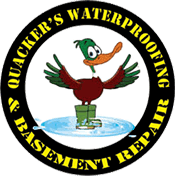Radon Testing & Radon Mitigation
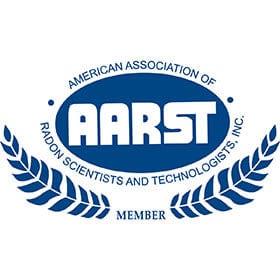
Radon comes from the natural (radioactive) breakdown of uranium in soil, rock and water and gets into the air you breathe. Radon can be found all over the U.S. and can get into any type of building, including homes, offices and schools. Since your family spends a great deal of time inside of your home the home environment is typically your greatest risk factor. Radon typically moves up through the ground to the air above and into your home through cracks and other holes in the foundation. Radon conditions vary depending upon the land your home was built on, see the chart from the EPA about radon levels in Missouri. The radon professionals from Quacker’s Waterproofing and Basement Repair are certified from the National Environmental Health Association – National Radon Proficiency Program (NAHA-NRPP). We offer both radon testing and radon mitigation.
Testing For Radon In St. Louis
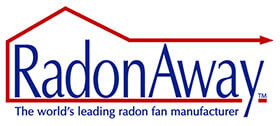
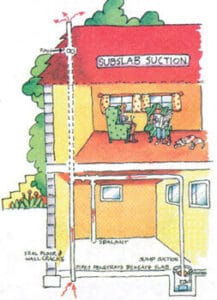
This can happen when your results are close to 4 pCi/L. For example, if the average of your two short-term test results is 4.1 pCi/L, there is about a 50% chance that your year-round average is somewhat below 4 pCi/L. However, EPA believes that any radon exposure carries some risk – no level of radon is safe. Even radon levels below 4 pCi/L pose some risk, and reduce your risk of lung cancer by lowering your radon level. If your living patterns change and you begin occupying a lower level of your home (such as basement) you should retest your home on that level.
Radon mitigation refers back to the process that a homeowner may take to reduce and eliminate the existence of radon gases inside their home. At Quacker’s we use a continuous radon monitor in order to measure radon levels.
Radon Mitigation
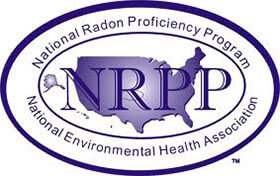
This can be achieved in a number of different ways. Depending on how much radon your house has, various removal techniques and products can be us. One thing we do that many St. Louis area radon mitigation firms typically do not do is we conduct an on-site premise visit to be sure we have a full understanding of what work needs to be done and how the system would be installed most effectively and cost efficiently. All of our findings are discussed with the homeowner during the inspection process. We feel it is important for our customers to be educated and know what all their options are with this serious subject matter.
Radon removal systems will involve setting up a sub-slab depressurization system, this moves the majority of the radon gas into the mitigation system and minimizes radon from getting in your living area. This kind of radon mitigation system in an existing house requires creating a suction pit under the slab. We then connect the pit to schedule 40 PVC piping. A fan is positioned in one end of the system and will be utilized to suck air from below the slab and vent the soil gas to the outside above the roof eve.
Call Quacker’s to schedule an appointment and inspection.
